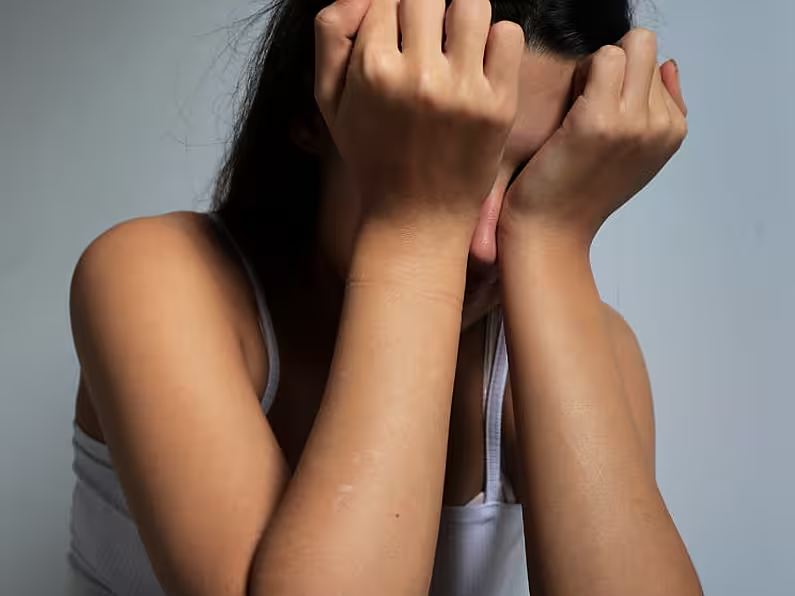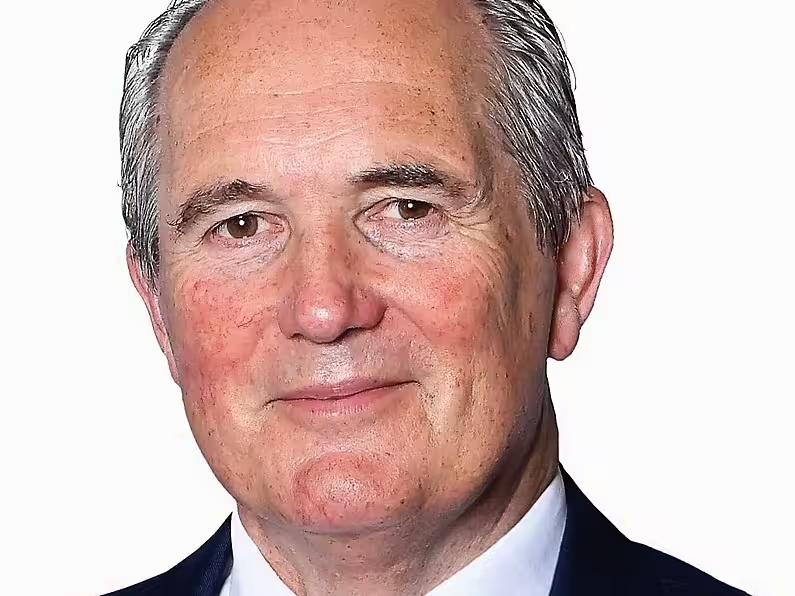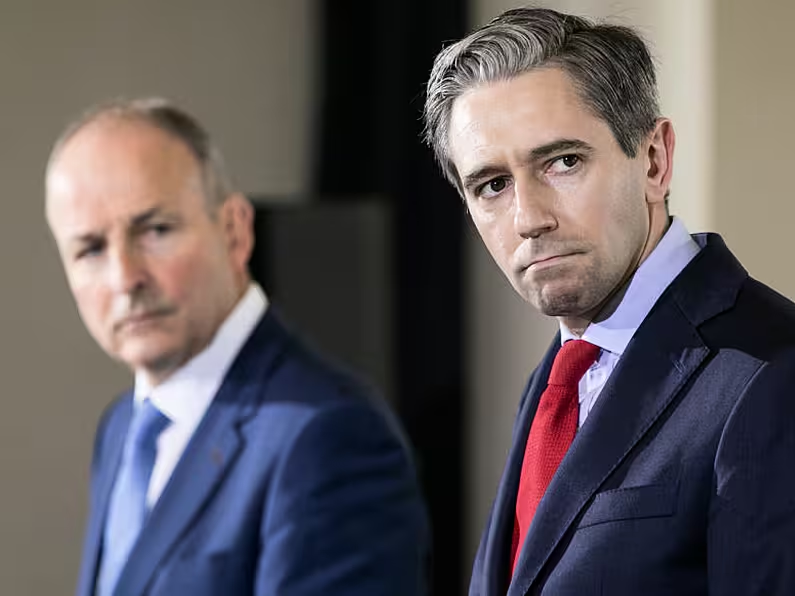By Michelle Devane, PA
There has been a noted increase in the instances of “serious” school bullying resulting in physical and or sexual assault, the children’s ombudsman has said.
Dr Niall Muldoon told the Oireachtas Education committee that many schools felt “ill-equipped” to deal with such issues and that some had failed to report child protection welfare issues arising from bullying to the child and family agency Tusla.
Dr Muldoon said his office had dealt with more than 400 complaints about bullying in schools, both at primary and post-primary level, since 2018.
There’s a failure of some schools to report child protection welfare issues arising from bullying
It equates to almost 10 per cent of all complaints to the ombudsman’s office.
He described the figure as “quite significant” given the “endless variety” of complaints it receives.
“There is psychological and physical bullying (in schools) between young people with a noted increase in instances of serious bullying resulting in physical and or sexual assault,” Dr Muldoon said.
“There are challenges for schools in dealing with the more serious instances of bullying as many schools feel ill-equipped to do so.
“And there’s a failure of some schools to report child protection welfare issues arising from bullying instances to Tusla.
“In light of that I believe that preventing an earlier intervention would be greatly aided by training, resourcing and support measures that can strengthen the capacity of education professionals, working with our children and young people in schools.”
Dr Muldoon reiterated his call for an independent therapist/counsellor to be made available to every primary school within the country.
'I will repeat my call to have an independent therapist available to every primary school. Having an easily accessible therapeutic service would aid the whole school community to know they are doing their best for every child.' - Dr. Niall Muldoon
📺: https://t.co/BiCuGRMf92— Ombudsman for Children (@OCO_ireland) May 4, 2021
“This is not a unique concept that has been shown internationally to offer enormous advantages to schools and their communities by affording children the opportunity to normalise speaking to someone about their emotions, or if they’re feeling down,” he said.
Dr Muldoon added that it would “complement” the system and give teachers extra comfort to know they have somewhere to send their pupils who may have been affected by bullying, bereavement, separation, divorce, addiction issues or domestic violence.
Dr Muldoon was before the committee on Tuesday to discuss the issue of school bullying and its impact on mental health.
Psychotherapist Stella O’Malley told the committee that schools that are more competitive and more focused on their students’ results in education than their emotional wellbeing tended to minimise bullying.
Anti-bullying programmes... are insufficient to change a culture of bullying within a school
“Anti-bullying programmes show varying degrees of success and they are insufficient to change a culture of bullying within a school,” she said.
Ms O’Malley said it is estimated that about 75 per cent to 90 per cent of children do not bully, but that only 20 per cent of those children are prepared to act as upstanders and intervene when they witness bullying.
“If we can convince kids to always intervene – to become upstanders – when they see bullying we can immediately reduce its frequency, intensity and its impact,” she said.
Ms O’Malley told TDs and senators the role of adults in this context is to encourage the bystanders to intervene.
“It is our job as the concerned adults to educate children so that bullying becomes less acceptable within the school culture,” she added.
A poster at the entrance is not sufficient
Child psychotherapist Dr Colman Noctor said bullying was a “significant” contributor to mental health problems in children in Ireland.
But Dr Noctor warned that what some children describe as “bullying” can be more accurately described as “robust banter”.
“If we over dilute the term I fear it will lose its significance and I believe language is an important player in the management of this dynamic,” he said.
“It comes down to the ‘spirit’ of the engagement, and the levels of knowledge and intent that all parties are aware of.”
He also told the committee that “culture” of an organisation is the most important element in predicting and managing bullying behaviour.
“A culture can hide harm in plain sight,” he said.
“The culture of a school, sports organisation or club is very influential to the behaviour of its attendees. We need to invest in meaningfully respectful cultures, and a poster at the entrance is not sufficient.”
Dr Noctor also said the role of the bystander can be “underestimated” at times but that he did not believe the answer lies “in trying to make meek children more robust and it’s not about teaching children to hit back”.
“Instead it is about selling a culture of values and respect and stamping out a culture of avoidance, dismissal and tolerance,” he said.
Exclusion
The committee heard that bullying has many forms and guises, some more identifiable than others.
Dr Noctor said when it came to his clinical caseload he has found the issue of exclusion to be “far more prevalent” than the physical form of bullying and that “little had been done to stem the tide of exclusion and isolation”.
“The overt name calling and physical hostilities are easier to name and manage,” Dr Noctor said.
Psychotherapist Mary Briody told the committee that young people who have experienced bullying are more likely to develop an anxiety disorder or suffer from depression.
“Those who both bully and are bullied suffer the most serious effects,” she said.
“They are at greater risk from mental and behavioural problems than those who are victims or bullies alone.”
She said the rates of depression, anxiety and suicide ideation are greatest in this group.
Bystanders who do not act to stop the bullying may fear retaliation and may experience increased anxiety and depression as a result.
While she said bystanders who intervene and who stop bullying have increased self-esteem.












